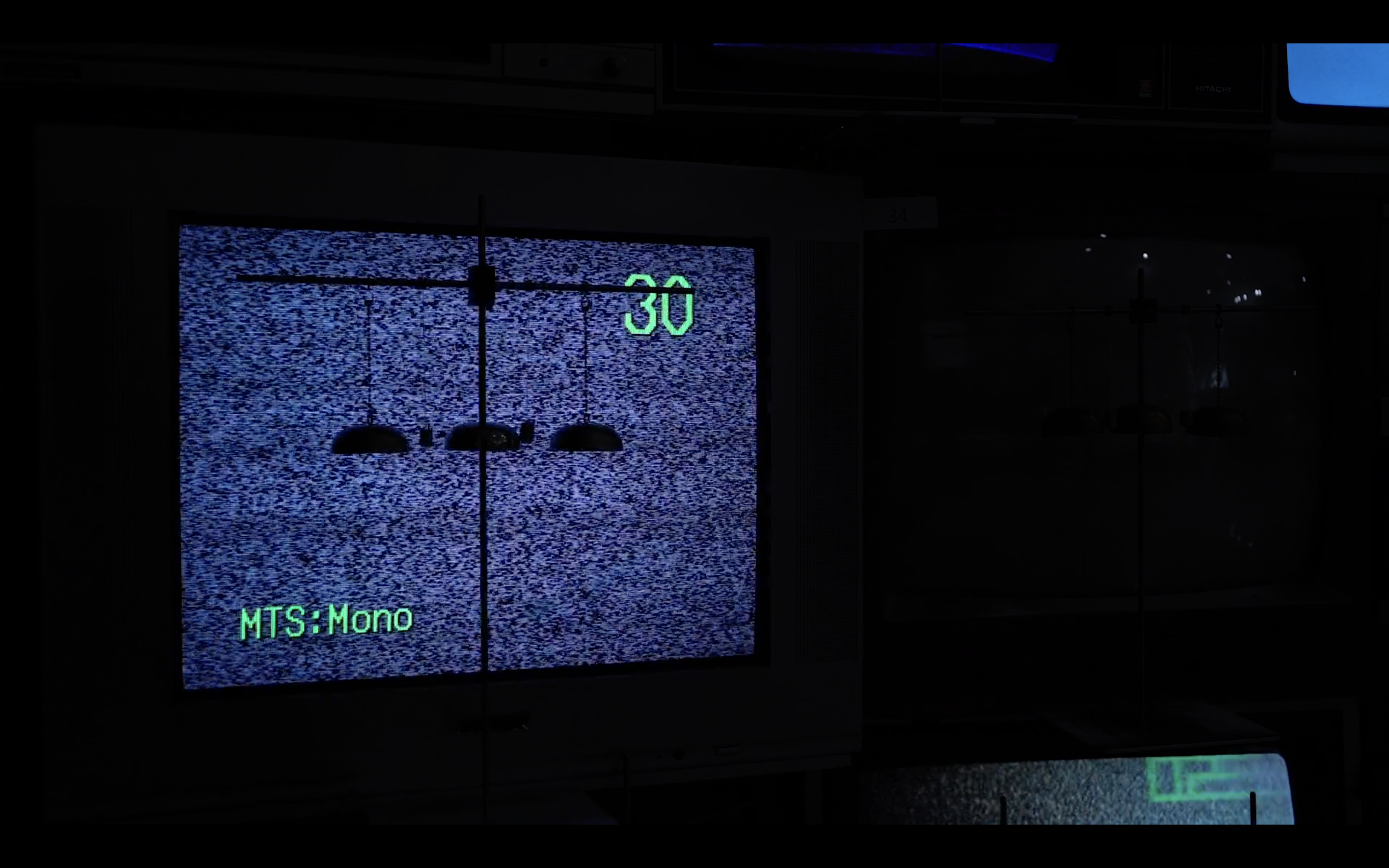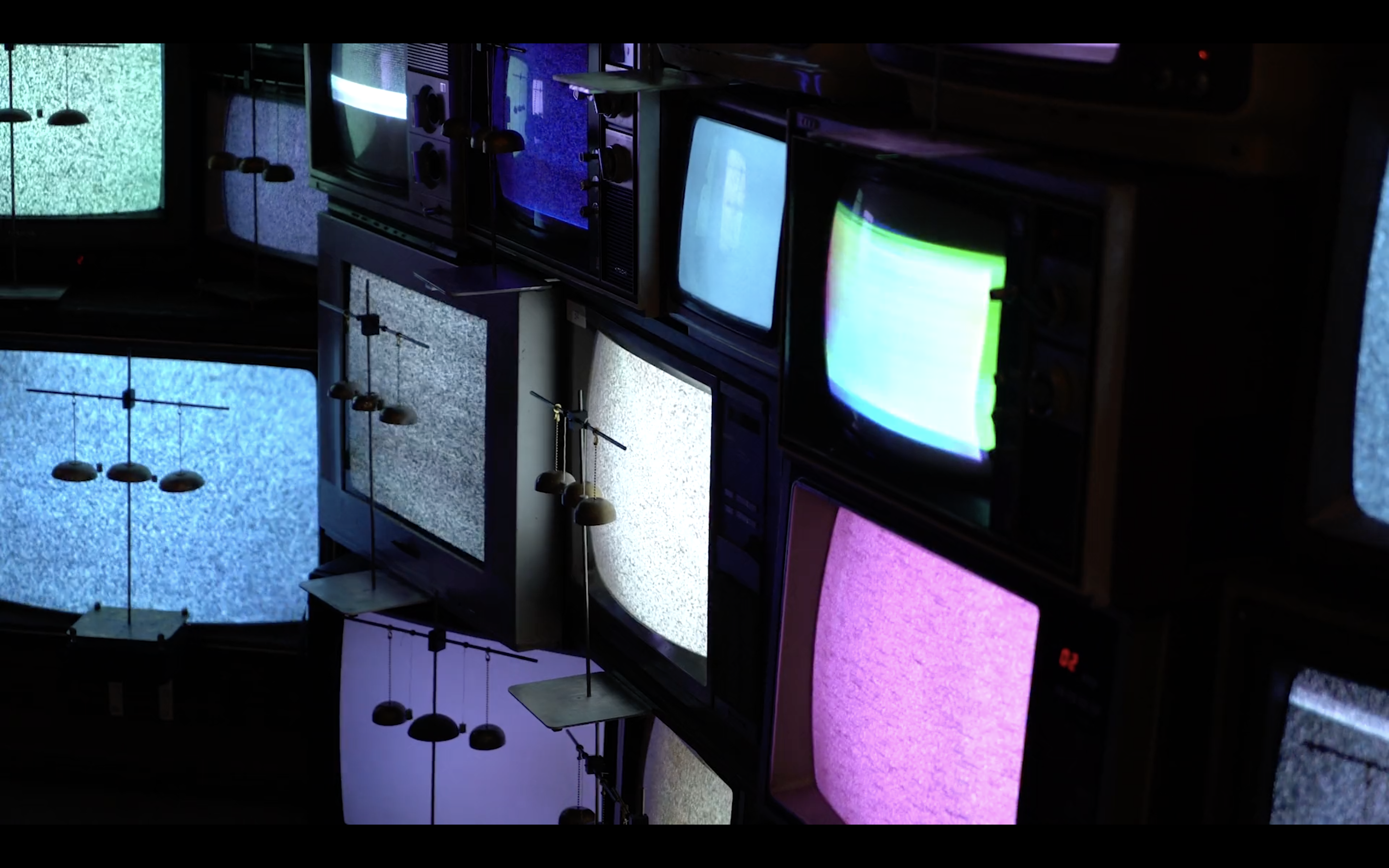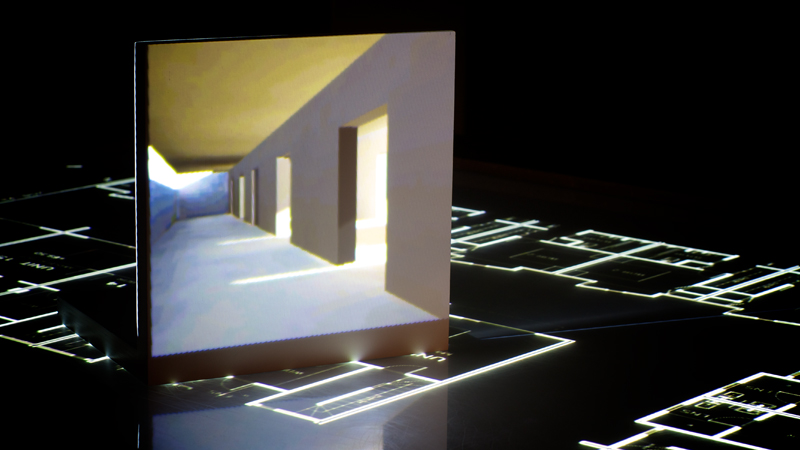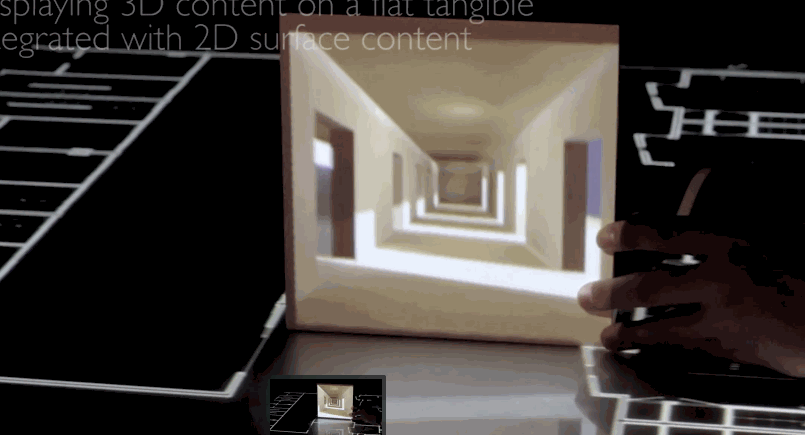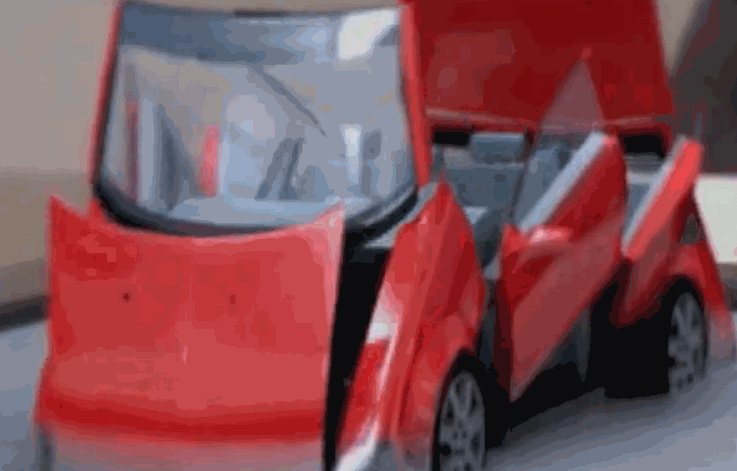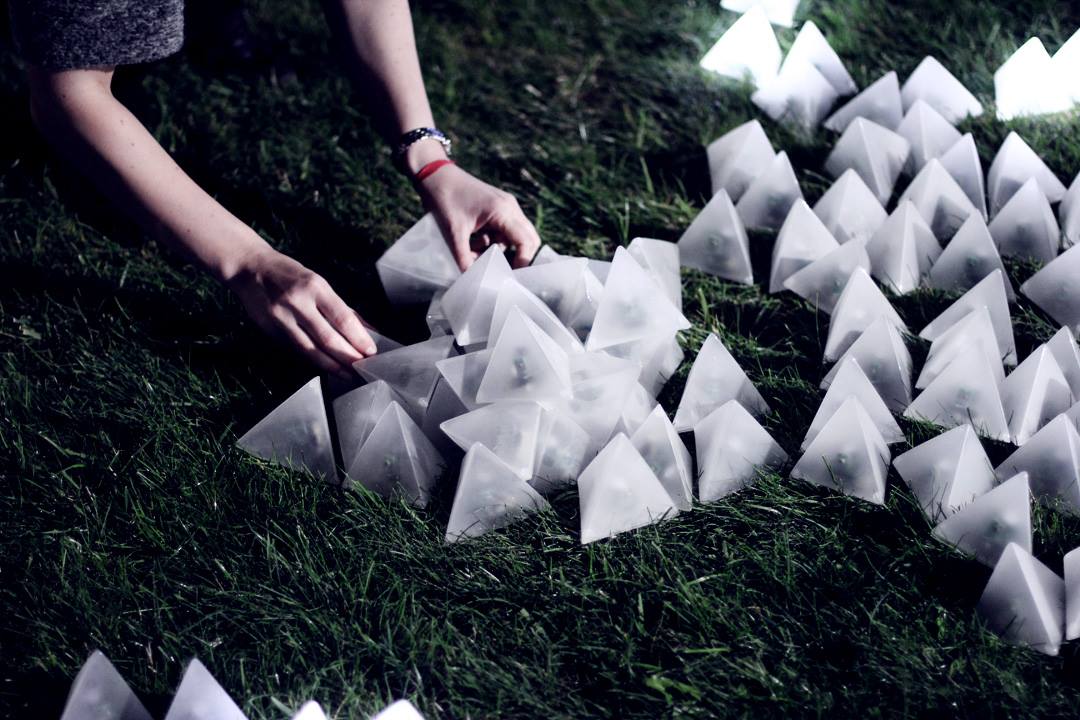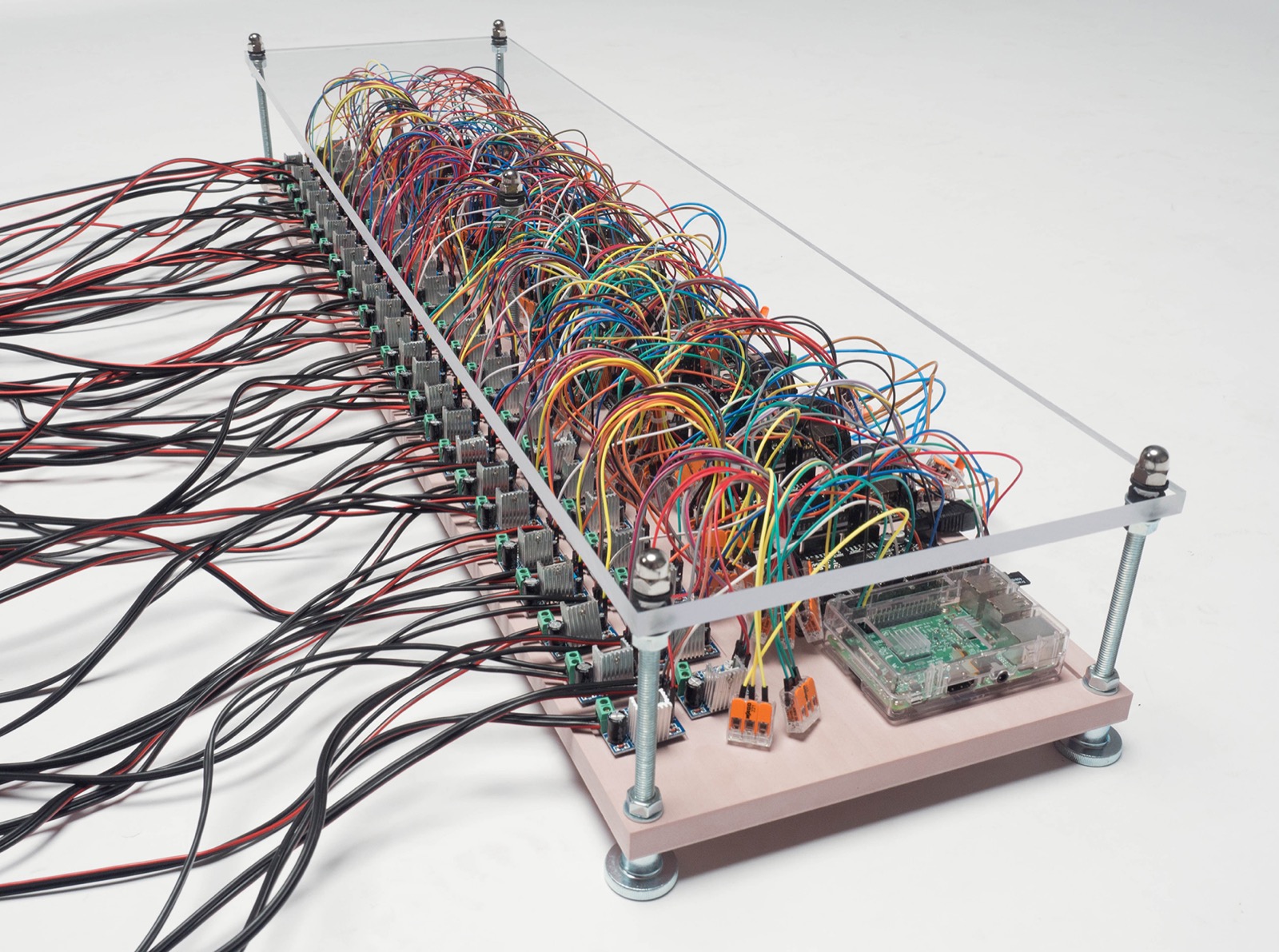
Oh my () by Noriyuki Suzuki is a Raspberry Pi and Arduino installation that exclaims "oh my god" in the appropriate language when the word "god" is tweeted on Twitter. I chose this project for my looking outwards because I am always fascinated by how social interactions manifest in a digital world, and how we can use technology as art to highlight this. Taking a deeply social construct like "god" and projecting it through the disembodied voice of a machine is a perfect example of the type of work I'd like to create. The chaotically frequent outbursts coupled with the stream of text updated in real time perhaps demonstrates something about the uncanniness of an attempt to capture "god" within the output of a machine.
I also chose this project because I'm interested in gaining more experience creating art with the Raspberry Pi and the Arduino. I created a two-channel synchronized video installation with a Raspberry Pi three years ago, and I haven't touched a technical installation since. My work is all very intangible, and I want to explore creating work that alters the space and the presence of the world.
Perhaps my only complaint about this work is that it's so heavy-handed that I don't have much to say about it besides the obvious and besides what I want to pull from it into my own practice. Sure, there could be a whole conversation about religion, but there always is, and that's not enough to make a work of art significant. Maybe I am just a heathen.
